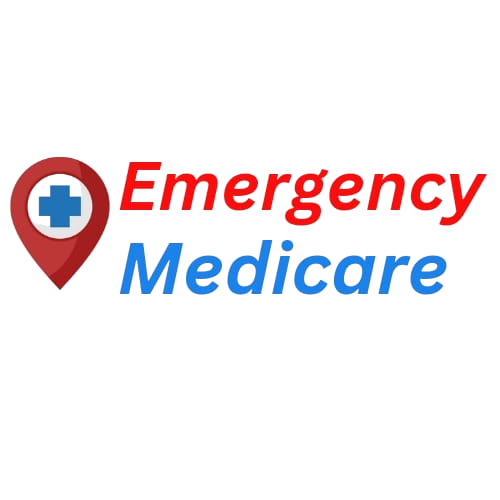A heart attack is a medical emergency that can happen to anyone, anytime. Knowing how to respond quickly can save a life—whether it’s yours or someone else’s. This guide breaks down the essential steps of first aid for a heart attack in simple terms, so you can act confidently in an emergency. Let’s get started!
What is a Heart Attack?
A heart attack occurs when blood flow to the heart is blocked, usually by a blood clot. Without oxygen-rich blood, the heart muscle begins to die. Quick action can prevent permanent damage and save lives.
Signs of a Heart Attack
Heart attack symptoms can vary, but here’s what to look for:
- Chest pain or discomfort: A feeling of pressure, squeezing, or fullness in the center of the chest that lasts more than a few minutes.
- Pain in other areas: Discomfort in one or both arms, the back, neck, jaw, or stomach.
- Shortness of breath: Difficulty breathing, even without chest pain.
- Other symptoms: Cold sweat, nausea, lightheadedness, or sudden fatigue.
Note: Women may experience less obvious symptoms like nausea, vomiting, or back or jaw pain.
Step-by-Step First Aid for a Heart Attack
1. Call Emergency Services Immediately
- If you or someone else shows signs of a heart attack, call your local emergency number (e.g., 911) right away.
- Don’t wait to see if the symptoms go away—every minute matters.
2. Help the Person Sit Down and Rest
- Have the person sit in a comfortable position, ideally on the floor with their back against a wall.
- Loosen tight clothing, like belts or collars, to help them breathe easier.
3. Give Aspirin (If Available)
- If the person is conscious and not allergic to aspirin, give them one regular aspirin (325 mg) to chew.
- Aspirin helps thin the blood and can reduce heart damage.
4. Monitor Their Condition
- Stay with the person and keep them calm.
- If they lose consciousness and stop breathing, be prepared to perform CPR (see below).
5. Perform CPR (If Needed)
- If the person is unresponsive and not breathing, start CPR immediately:
- Place the heel of your hand on the center of their chest.
- Place your other hand on top and interlock your fingers.
- Push hard and fast—about 2 inches deep and 100-120 compressions per minute.
- If trained, give rescue breaths after every 30 compressions.
6. Use an AED (If Available)
- If an Automated External Defibrillator (AED) is nearby, use it as soon as possible. Follow the device’s instructions.
What NOT to Do
- Don’t ignore the symptoms: Even if you’re not sure it’s a heart attack, it’s better to be safe than sorry.
- Don’t let the person drive themselves to the hospital: They could lose consciousness on the way.
- Don’t give anything other than aspirin: Avoid food, drinks, or other medications unless instructed by a medical professional.
When to Seek Professional Help
A heart attack is a medical emergency. Even if the symptoms seem mild or go away, it’s crucial to get medical attention immediately. Delaying treatment can lead to severe complications or death.
Prevention Tips
While not all heart attacks can be prevented, you can reduce your risk by:
- Eating a healthy diet low in saturated fats and cholesterol.
- Exercising regularly.
- Avoiding smoking and limiting alcohol.
- Managing stress and getting enough sleep.
- Regularly checking your blood pressure and cholesterol levels.
Conclusion
A heart attack is scary, but knowing first aid for a heart attack can make all the difference. Remember:
- Call for help immediately.
- Keep the person calm and comfortable.
- Be prepared to perform CPR if needed.
By learning these steps, you’re not just prepared—you’re empowered to save a life.
Stay calm. Act fast. Be a hero.
FAQs About First Aid for a Heart Attack
Q: How long do heart attack symptoms last?
A: Symptoms can last for several minutes or come and go. Don’t wait—seek help immediately.
Q: Can I give someone water during a heart attack?
A: No. Avoid giving food or drinks, as they may need emergency surgery.
Q: What if I’m alone and having a heart attack?
A: Call emergency services immediately, chew an aspirin if available, and try to stay calm until help arrives.

Leave Your Comment